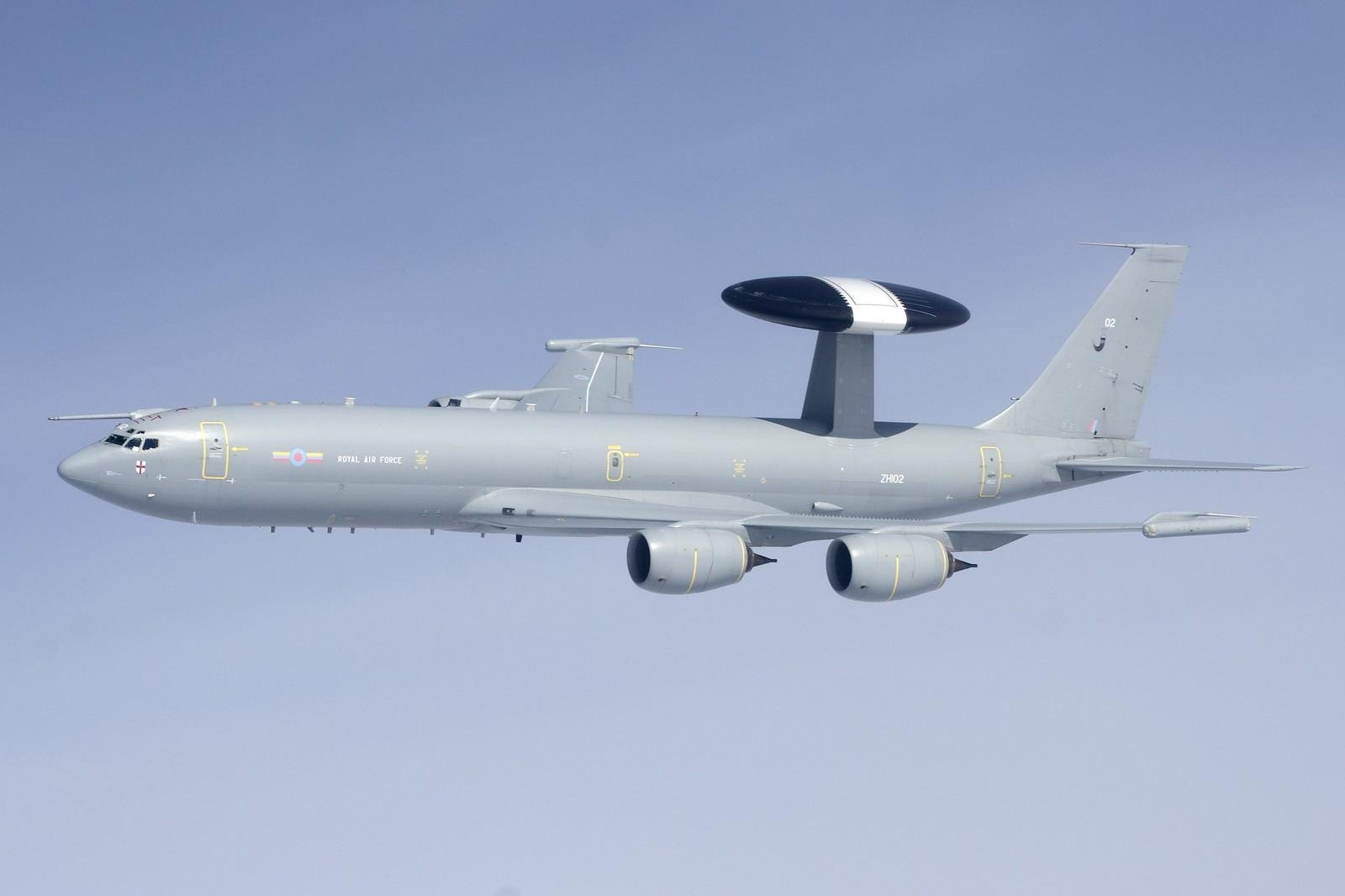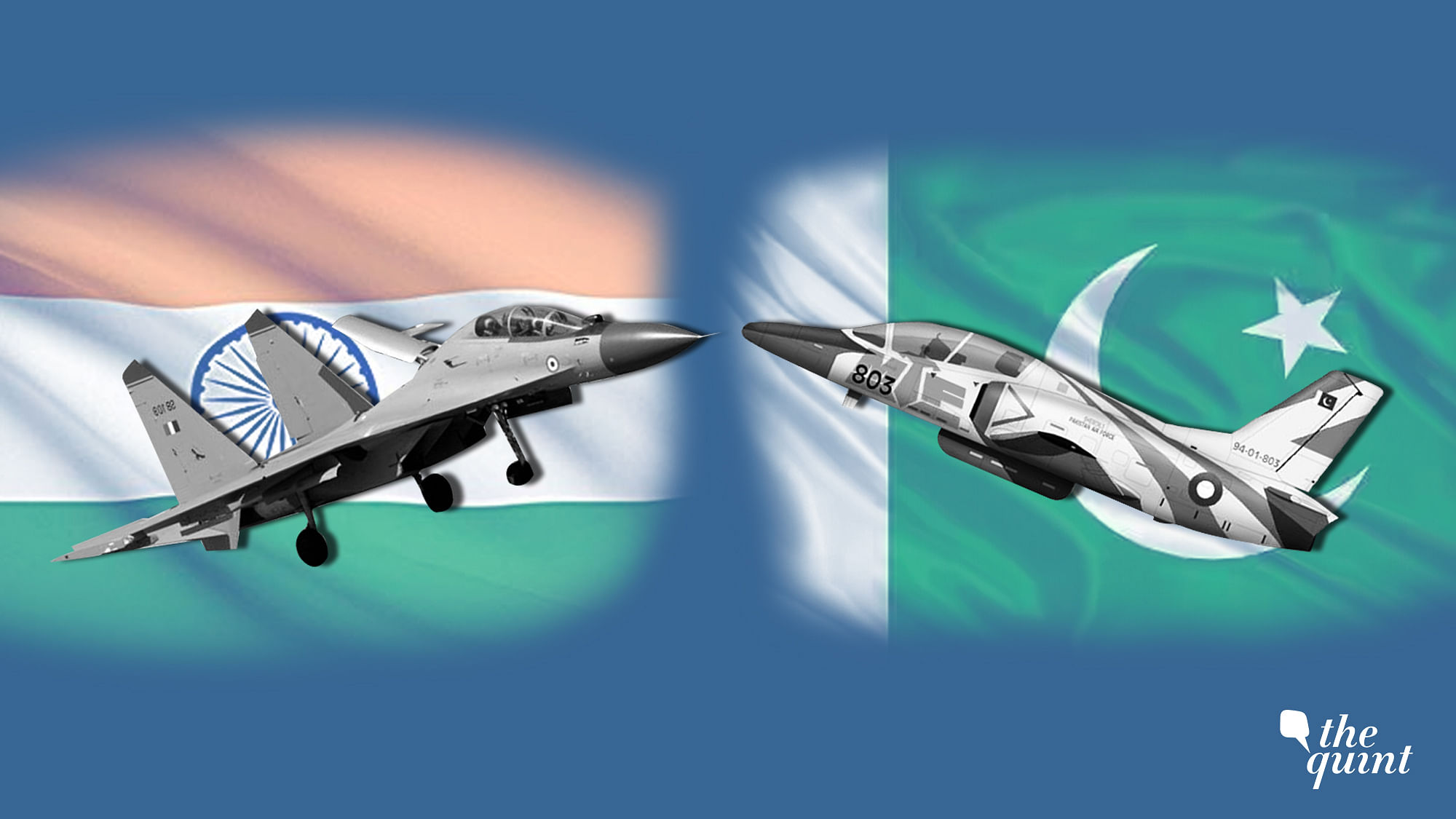List Of Awacs Aircraft - An airborne early warning and control (AEW&C) system is an airborne radar system designed to detect long-range incoming aircraft, ships, vehicles, missiles, and shells, and command and control the battlefield in the airfield by directing fighter and attack aircraft . AEW&C units are also used to conduct surveillance, including ground targets and conduct continuous battle command and control (BMC2). Used at altitude, airborne radar allows operators to detect and track targets and distinguish between cold aircraft and enemies far further away than a similar ground-based radar.
As a ground-based radar, it can be detected by opposing forces, but due to its mobility and extended sensor range, it is much less vulnerable to counter-attacks.
List Of Awacs Aircraft

AEW&C aircraft are used for both defensive and offensive air operations and are available to official NATO and US military air forces or integrated to combat information sent to a navy, as well as being a highly mobile and powerful radar platform. The system was used informally to direct fighters to their target positions and informally to direct counterattacks against enemy forces, both air and ground. So important is the ability to command and control aircraft operating at high altitudes that some ships operate such aircraft from their warships at sea. In the case of the US Navy, Northrop Grumman E-2 Hawkeye AEW&C aircraft are assigned to its commanders to protect them and enhance their on board command information cters (CICs). The name "airborne early warning" (AEW) was used for a similar aircraft previously operated in a smaller radar pick role,
List Of Airborne Early Warning Aircraft
Such as the Fairey Gannet AEW.3 and the Lockheed EC-121 Warning Star, and continues to be used by the RAF for its Stry AEW1, while AEW&C (air early warning and control) emphasizes command and control powers that may not be quick smaller or simpler radar stakes. AWACS (Airborne Warning and Control System) is the name of a specific system installed in Japanese AEW&C E-3 and Boeing E-767 airframes, but is often used as a general term for AEW&C.
The earliest known air signal with both opposing sides using Airborne Early Warning and Control aircraft is over Indian Territory, during February 2019 air signal between India and Pakistan, with India using A-50I Phalcon and DRDO Netra
Modern AEW&C systems can detect aircraft up to 400 km (220 nmi) away, well within the range of most surface-to-air missiles. An AEW&C aircraft flying at 9,000m (30,000ft) can cover an area of 312,000km
AEW&C systems communicate with cold aircraft, fighters moving towards enemy aircraft or any unknown flying object, provide threat and target data, help increase their ssor size, and make aircraft more difficult to track, as they have no no longer need to operate radar alone. (which can be found from emy) to detect threats.
Usaf Trains Pilots For Top Fighter Jets With Old Planes
After developing the Home Chain, the first land-based early warning radar system, in the 1930s, the British developed a radar set that can be mounted on an aircraft for what they call "Air Controlled Interception". The mission was to cover the northwest approaches where long-range German Focke-Wulf Fw 200 Condor aircraft threatened movement. The Vickers Wellington bomber (serial R1629) is equipped with a rotating antenna array. It was tested for use against aerial targets and for possible use against German E-ships.
Another Wellington-equipped radar with a different setup was used to guide the Bristol fighters to the Heinkel He 111s, which were V-1 airborne bombers.
In February 1944, the United States Navy ordered the development of an airborne radar system under Project Cadillac.
/https://www.therecord.com/content/dam/thestar/news/world/europe/2023/01/17/nato-surveillance-planes-temporarily-deployed-to-romania/20230117100124-63c6be0a6e5b905a08adefc8jpeg.jpg)
The prototype was built and flown in August on a modified TBM Avger torpedo bomber. The tests were successful, with the system able to detect low-flying formations at a distance of more than 100 miles (160 km). The US Navy has ordered the production of the TBM-3W, the first production AEW aircraft in service. TBM-3Ws fitted with the AN/APS-20 radar entered service in March 1945, with 27 actually built.
Nato Launches Feasibility Study Tender For Awacs Successor
He also knew that a larger land-based aircraft would be desirable, so as part of the Cadillac II program, several Boeing B-17G Flying Fortress bombers were also equipped with the same radar.
The Lockheed WV and EC-121 Warning Star, which first flew in 1949, served extensively with the US Air Force and Navy. Provided the first AEW area for the US Army during the Vietnam War.
Developed roughly in parallel, N-class airships are also used as AEW aircraft, filling the gaps in radar coverage for the surrounding US, their large time of over 200 hours being a major asset in An AEW aviation.
After deciding that the designed radar instrumentation would not fit the Tupolev Tu-95 or Tupolev Tu-116, the decision was made to use the more powerful Tupolev Tu-114 instead.
List Of Chengdu J 7 Variants
This solves the problems with cooling and operator clearance that arise from the narrow fuselage of the Tu-95 and Tu-116.
The resulting system, the Tupolev Tu-126, entered service in 1965 with the Soviet Air Force and remained in service until replaced by the Beriev A-50 in 1984.
During the Cold War, the UK fielded a sizeable AEW force, initially with American Douglas AD-4W Skyraiders, designated Skyraider AEW.1, which was later replaced by the Fairey Gannet AEW.3, using AN/APS radar -20 the same

With the retirement of convertible aircraft, the Gannet was phased out and the Royal Air Force (RAF) installed radars from Gannets on Avro Shackleton MR.2 airframes, redesignated the Shackleton AEW.2.
Set Airplanes In Different Positions Royalty Free Vector
To replace the Shackleton AEW.2, an AEW variant of the Hawker Siddeley Nimrod, known as the Nimrod AEW3, ordered in 1974. After protracted and troublesome development, this was canceled in 1986, and seven E-3Ds, most notably the Stry AEW. .1 in RAF service, they bought it instead.
Many countries have developed their own AEW&C systems, although the Boeing E-3 Stry and Northrop Grumman E-2 Hawkeye are the most common systems in the world.
It is found on the E-3 Stry (Boeing 707) aircraft or more precisely on the Boeing E-767 (Boeing 767), the latter used only by the Japan Air Self-Defense Force.
When the AWACS first operated, it made a significant advance in capability, being the first AEW to use pulse-doppler radar, which allowed it to accurately track targets lost in ground clutter.
Airborne Early Warning & Control: News & Discussion
AWACS are equipped with a three-dimensional radar that simultaneously measures azimuth, range and elevation; The unit installed on the E-767 has greater surveillance capability on the water than the AN/APY-1 system on previous E-3 models.
The E-2 Hawkeye is a specially designed AEW aircraft. At his attempt to race in 1965, technical problems first arose, causing a (later cancelled) cancellation.
Procurement also began after efforts to increase reliability, such as the replacement of the original rotary drum computer used for radar information processing by a Litton L-304 digital computer.

In addition to purchases by the US Navy, the E-2 Hawkeye has been sold to the militaries of Egypt, France, Israel, Japan, Singapore and Taiwan.
Nato Is Sending E 3 Airborne Radars To Coordinate Airstrikes Against Isis
The APY-9 radar is said to be able to detect fighter-sized aircraft, which is typically optimized against high frequencies such as Ka, Ku, X, C, and parts of the S-band. Historically, UHF radars had problems with resolution and tracking that made them ineffective for precision targeting and fire control; Northrop Grumman and Lockheed say APY-9 addressed these weaknesses in APY-9 using advanced electronic sensing and high digital computing power through space/time automation.
The Russian Air Force currently operates around 15-20 Beriev A-50 and A-50U "Shmel" in the AEW role. The "Mainstay" is based on the Ilyushin Il-76 airframe, with a large non-circular disc radome on the rear fuselage. These replaced the 12 Tupolev Tu-126s which were already in service. The A-50 and A-50U will be replaced by the Beriev A-100, which features an AESA design in the radome and is based on the upgraded Il-476.
In June 1997, Russia and Israel agreed to fulfill an order from China to develop and deploy an early warning system. China has ordered a Phalcon for $250 million, which is a retrofit of a Russian Ilyushin-76 cargo plane [also misreported as Beriev A-50 Mainstay] with advanced Elta electronics, computers, radar and communications systems. Beijing is expected to receive several Phalcon AEW systems and may purchase at least three more [and possibly eight] of these systems, the design of which is slated for testing beginning in 2000. In July 2000, the United States forced Israel to withdraw from an agreement by $1 billion to sell four Phalcon radar systems to China. Following the cancellation of the A-50I/Phalcon contract, China turned to indigous solutions. The Phalcon radar and other electronic systems were removed from the unfinished Il-76 and the aircraft was delivered to China from Russia in 2002. The Kannada AWACS has a unique phase detection radar (PAR) placed in a round radome. Unlike US AWACS aircraft, which rotate their rotors to provide 360-degree coverage, the Kannada AWACS' radar antenna does not rotate. Instead, three PAR antenna modules are placed in a triangular configuration within a round radome to provide 360-degree coverage. Their
Nato awacs aircraft, list of aircraft parts, list of experimental aircraft, list of aircraft manufacturers, list of vtol aircraft, new awacs aircraft, list of wwii aircraft, awacs aircraft, awacs surveillance aircraft, list of small aircraft, list of us military aircraft, indian awacs aircraft

0 Comments